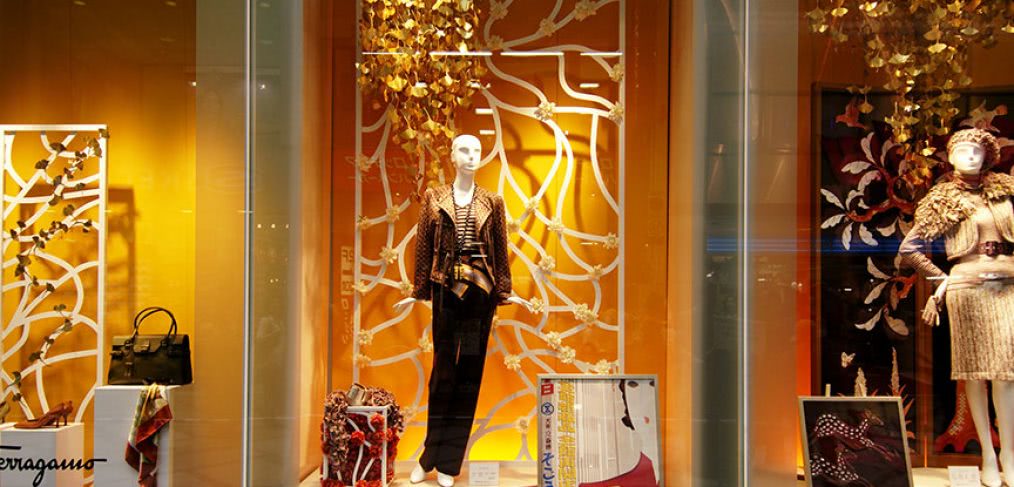
Reviving the “Lost” Art of Visual Merchandising
It’s time for a revival of window displays, argues CallisonRTKL’s Ignaz Gorischek. Visual merchandising is important not only for a company’s sales but also for its brand.
When you’re walking around a mall or shopping district, what is the first thing that draws your eye to a store? The answer for most people, myself included, is the store’s window styling. The purpose of a show window is to stop the customer in their tracks. Why, then, do we see designers and retailers paying less attention to such an important facet of marketing and promotion?
Even though they are often the first thing a potential customer sees, windows are shockingly underutilized and underappreciated in today’s retail design market. They all look alike, featuring some combination of a blown-up photo, a non-descript mannequin and a sale sign haphazardly taped to the glass. It seems we have forgotten the art and power of visual merchandising through window styling.
But all hope is not lost! This sea of sameness creates a unique opportunity for designers and retailers. It’s time to bring the theater back into stores; it is time for a resurgence of the art of visual merchandising.
And don’t make any mistake: this is an art form.
Let’s talk about the days gone by when window stylists would create amazing fantasy escapes— showcasing merchandise and taking the viewer on a fantasy journey, allowing them to forget their troubles for a moment. Window artists would have friendly competition with each other, trying to outdo one another—the more extreme the better! Retailers would plan these window displays weeks or even months in advance, examining each aspect in minute detail.
It was, at times, referred to as “theater” in retail. Some windows would look like the set from a play or movie, frozen in time. Windows would set the mood for each season, especially during winter holidays when 24% of annual department store sales are made. This is when stores would pull out all the stops; animation, special lighting, storytelling and more would guarantee that the housekeeping teams would have a hard time keeping the nose smudges off the glass!
It’s the windows like Gene Moore’s at Tiffany’s and Colin Birch’s at Bloomingdale’s that are able to engage people of all ages using storytelling. Simple, but beautiful and creative, these window displays engaged the imaginations (and ultimately, the wallets) of thousands of customers.
Though online retail is of growing importance, Nielson found that 82% of shoppers that had made an apparel purchase in the last six months did so at the store’s physical location. That means that ignoring in-store visual merchandising is a huge mistake for retailers.
As retailers and designers move forward, I’m not suggesting that we hop in a time machine to the past. Instead, we should take window displays and visual merchandising to the next level. This means creating interactive displays, ones that connect technology and social media with traditional retail theater.
For instance, when I worked as a visual merchandiser at Neiman Marcus, we created an interactive, technologically advanced window. Customers could even text the display to activate special effects.
The use of interaction through tools like social media and augmented reality elevate the brand conversation—allowing consumers to interact with their favorite brands on a personal level.
The first trick is to slow a customer down or better yet, get them to stop and engage with the window. Once you have their attention, they just might walk through the door!
